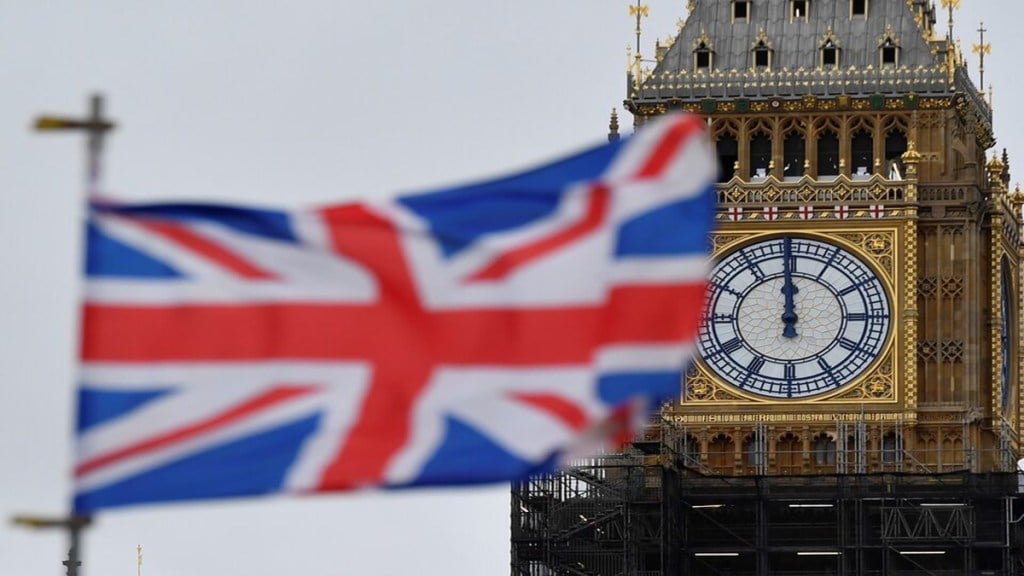By Yash Dubal
2024 has been a tumultuous year for Indo-British migration. With a general election in the UK, immigration became one of the main political issues. Both the main parties fighting the election campaign vowed to reduce net migration. Measures were introduced early in the year to restrict the number of overseas students, workers and dependents of both.
The election saw a change of government and a dramatic shift in support away from the Conservative Party to the Labour Party. While the Labour Party has traditionally been pro-immigration, the new Prime Minister, Sir Keir Starmer, has continued a commitment to reducing migrant numbers. The latest figures from the UK showed a record net migration of 909,000 in the year to June 2023, with a drop of around 20 percent in the subsequent year to 728,000.
This reduction comes as new measures to reduce migration introduced by the former Conservative government start to take effect. These include a rise in the minimum salary threshold for Skilled Worker visa applicants, who must now earn £38,700 a year in order to qualify for the route, and a ban on dependents of Care Worker visa holders and most Student visa holders.
Office for National Statistics (ONS) data shows that Indians remained the largest group of non-EU migrants to the UK, leading in both student and work visa categories.
“Indian was the most common nationality for non-EU+ immigration for both work-related (116,000) and study-related (127,000) reasons in YE (year ending) June 2024,” the ONS stated.
While it could be easy to look at some of the messages coming from the UK in the past 12 months and assume that the door has been closed for Indians, that is far from the case.
Indeed, when viewed on a global scale, the restrictions that have come into force in Britain follow an international trend. For example, between 2013 and 2023, the rejection rates of visa applications for the EU Schengen area more than tripled from around 5% to 16%.
Visiting America is no easier. Appointments for tourist and business visas at the American consulate in Mumbai take about 14 months and as of October 2024, the US immigrant visa backlog was 363,242 cases. Meanwhile, in Australia the Department of Home Affairs is grappling with an unprecedented 70% surge in visa applications compared to the same period last year, leading to extended processing times and backlogs.
From this international perspective, we can see why the UK remains the first choice for many skilled Indians looking to make a new life in another country. And Britian will remain a top choice for Indians in the year ahead, particularly because of the political stability ushered in by the new administration.
The country has become more centrist and pragmatic under the Labour Party, at a time when the rest of the world is leaning to the political right and embracing populism and its anti-migration tropes. This is particularly true of Europe, where right-wing parties with anti-immigrant policies are either in government or gaining support in Italy, Finland, Slovakia, Hungary, Croatia, Czech Republic, France, Germany, Austria, Netherlands and Sweden.
Perhaps one of the biggest impacts on global migration in 2025 will be the new US presidency of Donald Trump, whose white-hot anti-immigrant rhetoric will become reality after January 20th when he takes office. He has vowed to deport millions of immigrants. I’ve no doubt many people who were planning on emigrating to the US will be holding off on their decision to see how the Trump presidency plays out.
This leaves the UK, which still has a range of visa routes that welcome migrants and also has a large, well-established Indian population well integrated in British society. It is this ‘living bridge’ that has drawn record numbers of Indians to relocate to the UK and will continue to do so in the year ahead.
For skilled workers in particular, the increased salary threshold of the Skilled Worker route limits some but also means wages paid for successful applicants will be higher. The Health and Care Worker visa (a subcategory of the skilled worker visa) remains a good option for young people without dependents.
Others can take advantage of the Indian Young Professionals scheme or may be eligible for the High Potential Individual visa. There are also a range of work visas available under the Global Mobility route. And for entrepreneurs serious about setting up their own business in the UK there is the option of self-sponsorship, which is growing in popularity.
For these reasons, 2025 will be a calmer, more welcoming year for Indian migrants planning on a move to the UK.
(The author is an Immigration and Visa Specialist in the United Kingdom. The views expressed are personal)
Disclaimer: Views, recommendations, and opinions expressed are personal and do not reflect the official position or policy of FinancialExpress.com. Readers are advised to consult qualified financial advisors before making any investment decision. Reproducing this content without permission is prohibited.

